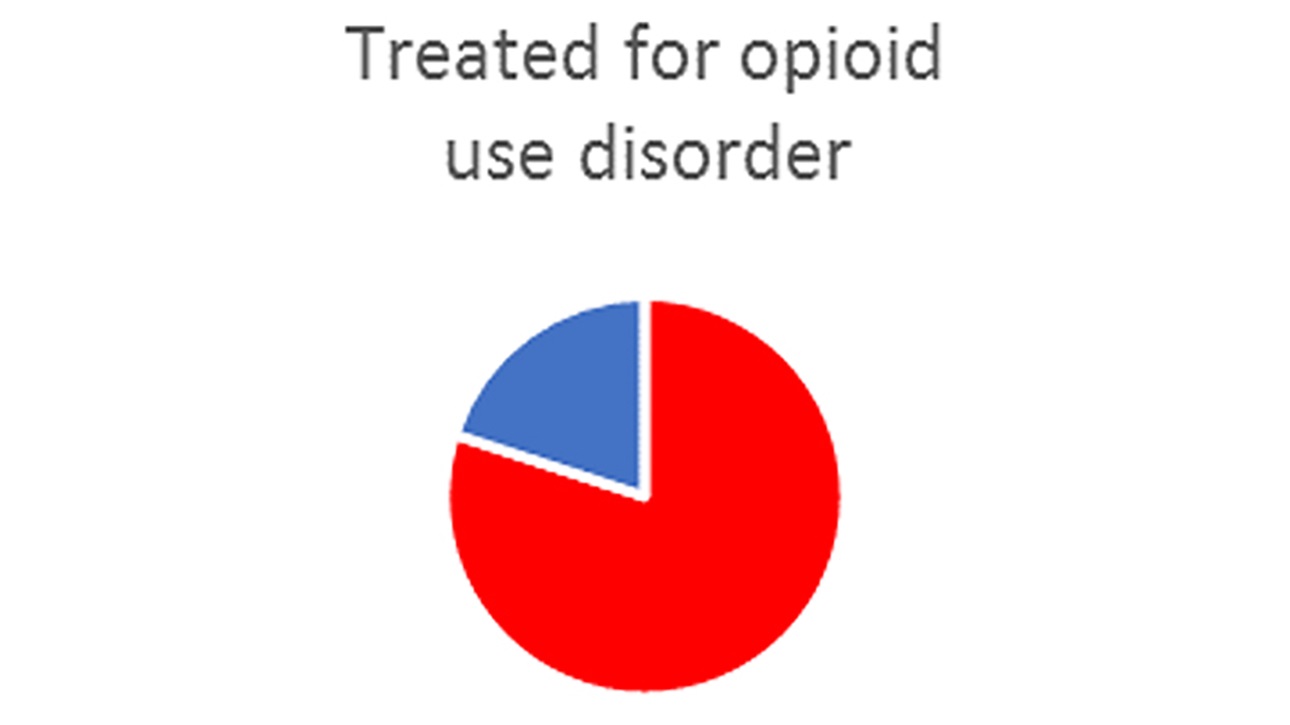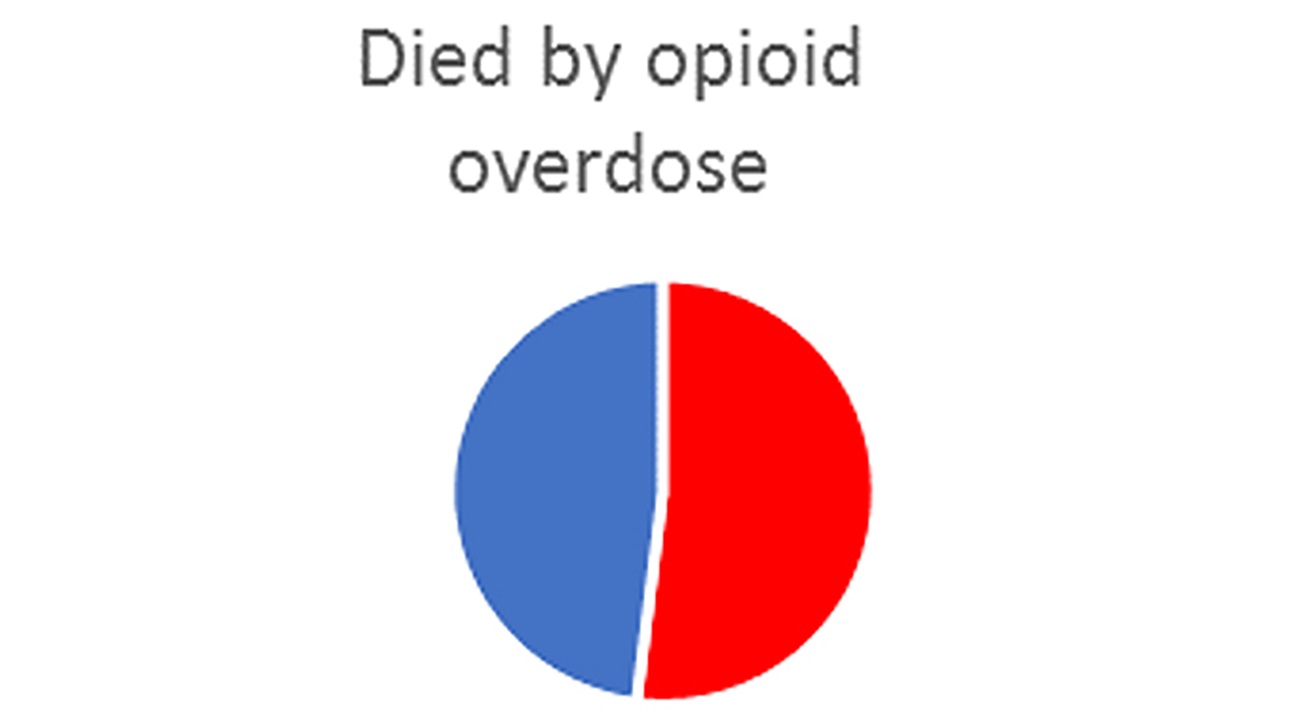What You Need to Know About the Risks of Opioids
Opioids like oxycodone (OxyContin®) and hydrocodone (Vicodin®) are commonly prescribed to construction workers to treat pain caused by on-the-job injuries. For decades, drug companies presented misleading information to doctors and patients about the effectiveness and safety of these medications, leading to increased opioid prescribing at higher doses, addiction, and overdose deaths.
These risks, coupled with the demands of the building industry and a workplace culture where workers do what it takes to get the job done, have increased the risks and harms of opioid addiction. Workers often return to work soon after an injury, despite still being hurt. Many people who become addicted to opioids, including heroin, are hard-working people with families. Opioid addiction can happen to anyone. Increasing your knowledge about opioids can help reduce some of the risks.
Before you take an opioid, know the facts!
Opioids and Construction Workers
- The construction industry has a high injury rate, resulting in many people working hurt to avoid missing paychecks while injured.
- Construction workers have some of the highest rates of opioid misuse and abuse in all occupations.
- An estimated 15% of construction workers have misused or abused drugs.
- Construction workers who became addicted to opioids were prescribed pain medications for at least 6 months, on average.
- Construction workers have among the highest risk of opioid-related death of any occupation.
- Overdose fatalities among construction workers are 8 times higher than for the general population.
How Do People Become Addicted to Opioids?
Addiction is an illness, not a sign of weakness or poor character. It is a complex disease with many factors, but physical dependency develops quickly and can lead to addiction.
- A person takes an opioid for pain and immediately begins to develop tolerance.
- The person needs increasing doses of opioids to get the same relief from pain.
- In a matter of days or weeks, opioids start to alter the brain’s reward center.
- The brain begins to adapt to the effects of opioids and no longer functions normally without them.
- A pattern of addictive behavior develops where the person starts to seek the drug by any means and continues to use it despite increasingly serious consequences.
Limited Benefits for Long-term Use
- The longer prescribed opioids are used to manage pain, the less effective they become.
- Sometimes people taking opioids become more sensitized to pain when they take them.
- Tolerance develops, requiring higher doses of opioids to get the pain-relieving affects.
- Construction workers who take prescribed opioids for long periods to manage pain actually end up less able to continue to work.
Consequences of Prescription Opioid Use
When opioid pain medications are used for short periods for acute pain, the risks are lower. Long-term use of opioid medication for ongoing chronic pain carries much higher risks and offers fewer benefits.
- Until 2016, prescription opioids were involved in more deaths than heroin or illicit fentanyl. Now fentanyl is involved in the most deaths, followed by prescription opioids, then heroin.
- A majority of people who died as a result of an opioid overdose were diagnosed with chronic pain within a year of their death.
- Chronic pain and opioid addiction have always been connected.
Risk of Misuse, Physical Dependence, and Illicit Opioid Use
- Even when opioids are taken as directed, physical dependence can result. Some patients can taper off their medications with minimal discomfort, but for others, serious difficulties begin.
- Tolerance can result in higher doses of prescribed pain medications and misuse when people take more than directed.
- Misuse and physical dependency can lead to addiction, use of illicit (illegally produced or obtained) opioids, and overdose.
- llicit opioids are more potent and unpredictable than ever before and are killing people every day.
Opioid Use on the Job
- Returning to work after an injury while taking opioids for pain can aggravate the injury and extend the duration of the pain, create a need for more medication, and lead to missing more work. It also increases the risk of other injuries.
- Opioid use can slow reaction time, interfere with operating machinery, and jeopardize job safety, which increases the risks of injury and can threaten the safety of everyone on the job site.
Problem opioid use can be treated. The sooner people ask for help, the better. To locate help in your community for yourself, a co-worker, or a loved one, visit the Substance Abuse and Mental Health Services Administration (SAMHSA) website at www.samhsa.gov or call SAMHSA’s free, confidential, 24/7 National Helpline at 1-800-662-HELP (4357).
This program was developed in conjunction with the Job-Site Safety Institute and Advocates for Human Potential.

25% become addicted

80% started on pain medication

More than half had a job-related injury
